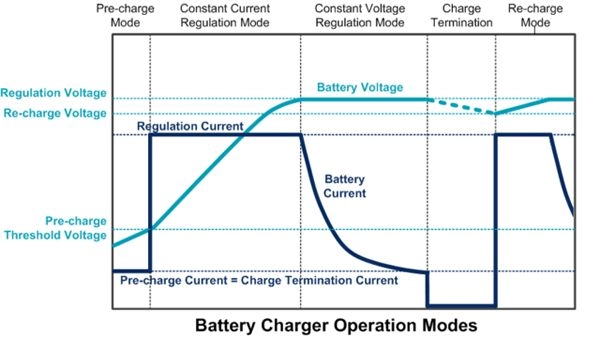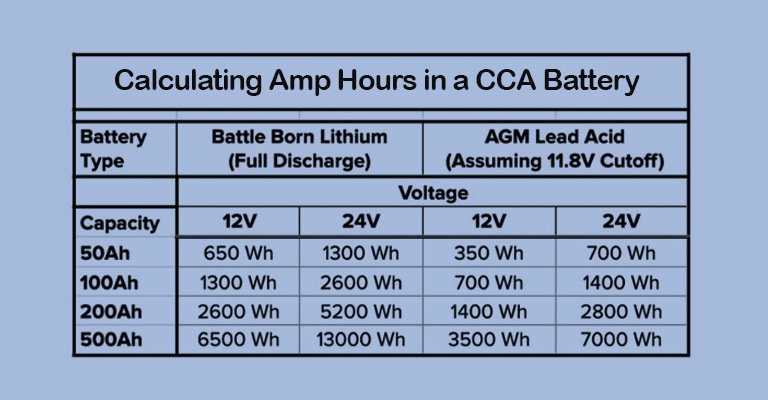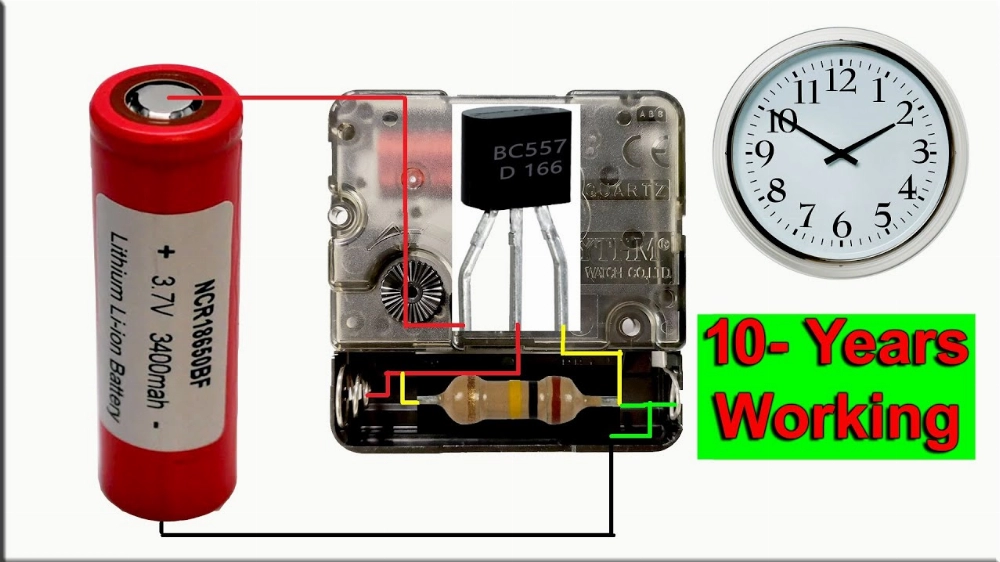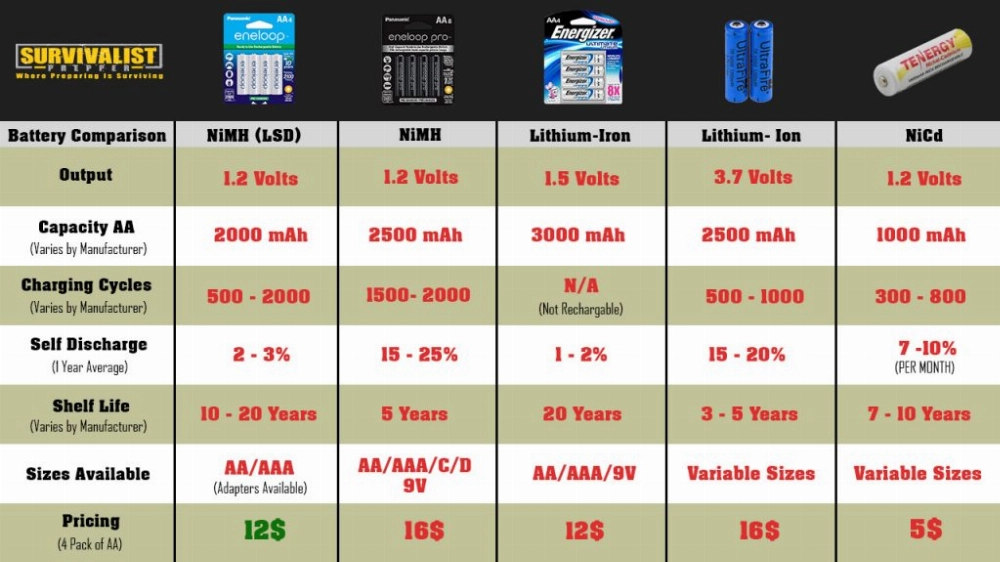Slow Charging vs. Fast Charging: Which is Better for Your Lithium-ion Battery?
With the rise of fast charging technology, many users are wondering which option is better: slow charging or fast charging. In this comprehensive guide, we will explore the charging process of lithium batteries, analyze the advantages and disadvantages of fast and slow charging methods, compare their differences, and ultimately help you determine which method is best for maintaining the health and lifespan of your valuable lithium battery.
Part 1: Understanding the Charging Process of Lithium Batteries
Before comparing fast and slow charging, it is crucial to understand how lithium batteries work. Lithium-ion (Li-ion) batteries, commonly used in smartphones, laptops, and various portable devices, work by transferring lithium ions between the positive and negative electrodes during charging and discharging.
When charging, lithium ions move from the positive electrode (cathode) to the negative electrode (anode) through an electrolyte. When discharging, the ions flow from the anode to the cathode, providing power to the device. Maintaining a balanced and controlled charging process is essential to ensure the lifespan and optimal performance of lithium batteries.
Part 2: How Fast Charging Affects Lithium Battery Performance
Fast charging has revolutionized the way we charge our devices by significantly reducing the time required to recharge batteries. This method uses higher current levels to accelerate the charging process, allowing lithium batteries to charge from 0% to a substantial percentage in just a few minutes. However, it is important to note that not all lithium batteries are designed to handle fast charging technology.
Advantages:
One of the most significant benefits of fast charging is its ability to save time. It allows users to quickly charge their devices, minimizing downtime and minimizing disruption to your usage. Fast charging is particularly useful in emergency situations or when you need a quick boost of power on the go.
Disadvantages:
However, fast charging does have some drawbacks. The increased current during fast charging generates more heat, which can negatively impact the overall health of the battery. Excessive heat degrades the battery, reducing its capacity and lifespan. Additionally, fast charging may introduce greater voltage fluctuations, which can compromise the charging process’s stability and safety.
Part 3: Benefits of Slow Charging for Lithium Battery Health
Slow charging, also known as trickle charging or conventional charging, is the traditional method of charging lithium batteries. Compared to fast charging, this method uses lower current levels and takes longer to fully charge the battery. Slow charging is considered gentler and safer because it charges the battery gradually, minimizing heat and voltage fluctuations.
Advantages:
The primary advantage of slow charging is that it reduces stress on the battery. The slower charging rate helps maintain lower temperatures, minimizing the risk of overheating and preventing damage to the battery cells. Slow charging is particularly beneficial for older or degraded lithium batteries, as it provides a more controlled and gentler charging experience.
Disadvantages:
One of the drawbacks of slow charging is the longer charging time. If you’re in a hurry or frequently on the go, the longer charging time may be inconvenient.
Part 4: Key Differences Between Slow Charging and Fast Charging for Lithium Batteries
Charging Time:
Fast charging significantly reduces the time required to charge a battery compared to slow charging. While slow charging may take several hours to fully charge a battery, fast charging can charge a significant portion of the battery in just a few minutes.
Impact on Battery Health:
Slow charging is generally gentler on the battery, reducing the risk of heat buildup and improving long-term battery health. On the other hand, fast charging generates more heat, which can lead to accelerated battery degradation.
Convenience vs. Battery Lifespan:
Fast charging offers the convenience of quickly boosting power, making it an ideal choice for users who are short on time. However, for users who are focused on preserving battery lifespan and health, slow charging provides a safer and more sustainable approach.
Conclusion: Which Method is Better for Your Lithium Battery?
When choosing between slow charging and fast charging, it is essential to weigh the advantages and disadvantages based on your priorities. If time is critical and you need a quick power boost, fast charging is suitable. However, for the long-term health of your lithium battery, slow charging remains the best approach, as it minimizes stress on the battery and helps prolong its lifespan. Regardless of the method you choose, balancing charging speed with battery health is key to maximizing your lithium battery’s lifespan.
At KHZH, we prioritize the performance and longevity of your devices, ensuring that you make the best choices for your battery health. We offer resources and expert advice to help you understand the nuances of battery charging. If you are interested in learning more about the specifics of lithium-ion battery charging, please refer to our comprehensive guide, which will help you optimize your charging process. Click here to learn more (This resource is based in South Africa).
Lithium Batteries: Fast Charging vs. Slow Charging
Battery Life and Health
Slow charging is more beneficial for the long-term health of lithium batteries and extends their life. This method generates less heat and reduces stress on the battery, helping to maintain its capacity and performance over time.
Compatibility
Not all devices or lithium batteries support fast charging. Always check the manufacturer’s specifications or refer to the device’s user manual to confirm whether fast charging technology is supported.
Will Fast Charging Shorten My Smartphone’s Battery Life?
While fast charging can generate heat, potentially leading to potential degradation of battery cells, modern smartphones are equipped with thermal management systems designed to minimize this. Occasional fast charging, coupled with safe charging habits, generally won’t significantly impact battery life.
What is the Best Way to Charge a Lithium-Ion Battery?
The best charging method depends on your needs. If you want to extend battery life to the maximum, slow charging is preferable. However, if you need a quick power boost to get through a busy day, fast charging is ideal.
Why is My Device Charging Slowly Even with a Fast Charger?
There are several reasons why your device might be charging slowly even with a fast charger. Common causes include a damaged charging cable, a faulty power adapter, or power-intensive apps running in the background. Ensure you are using compatible charging equipment and check if any apps or settings are limiting the charging speed.








